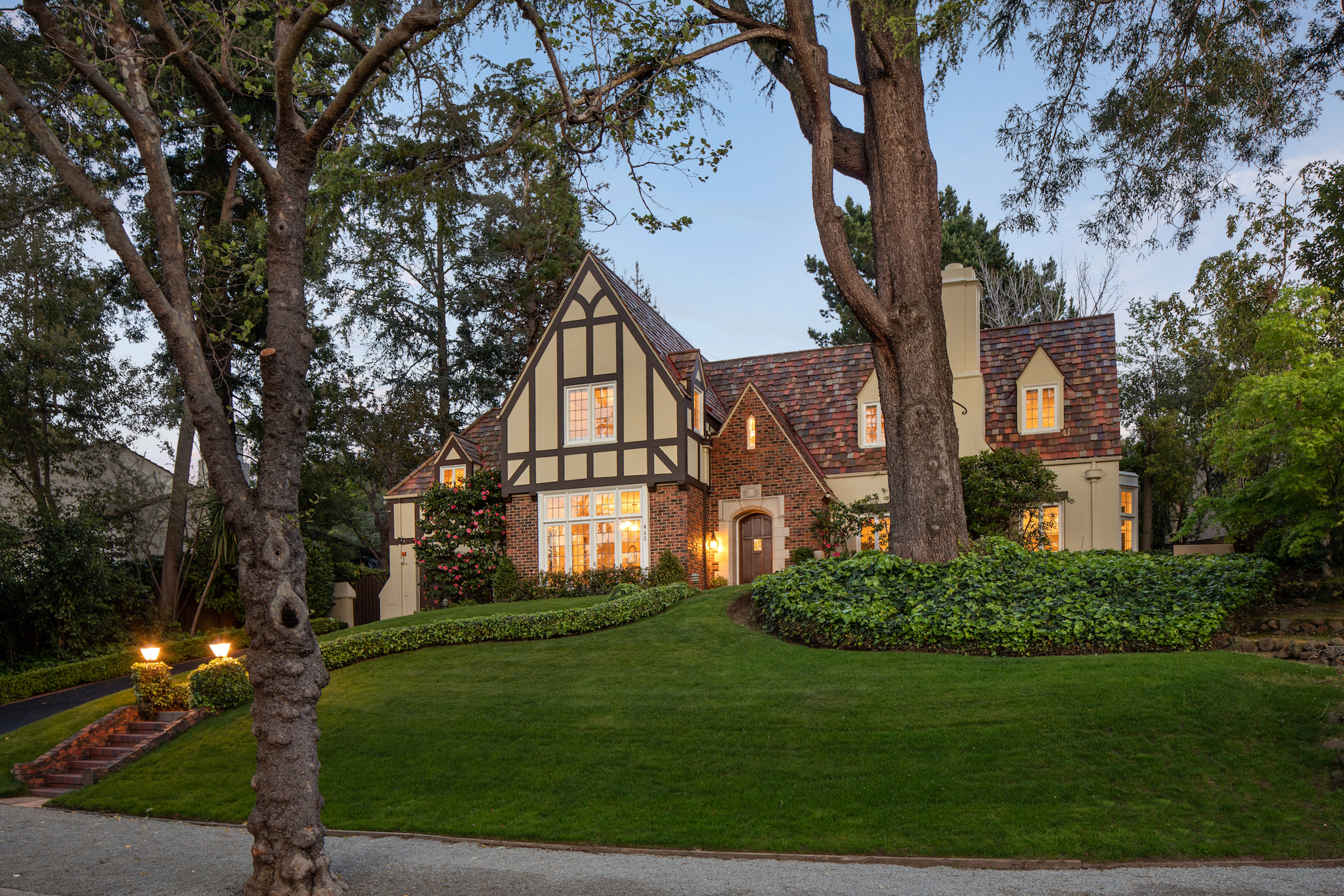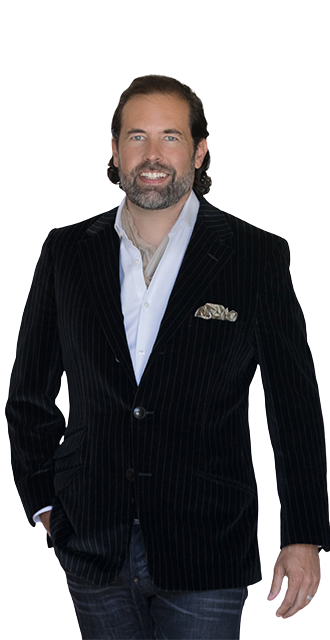
San Mateo Park
Quite simply, San Mateo Park is a neighborhood like no other. Planned in the 1890s by famous landscape architect John McClaren (Golden Gate Park fame), the streetscape revolves around iconic oval islands planted with rare trees and specimen foliage. Tucked between Hillsborough and Burlingame, this charismatic neighborhood offers grand homes on larger parcels of typically 8,000 – 15,000 sq. ft., with many half-acre properties also on display. The architecture is magnificent at every turn, and the convenience is second to none: downtown Burlingame and downtown San Mateo are “just around the corner” and within walking distance. Residents appreciate the feeling of a quiet neighborhood “forgotten by time.” That’s not to say there is not a supply of high-end remodeling and modern luxury on hand. Recent new constructions have reached $9,000,000, and the average price per sq. ft. for 2022 was $1,433 for the 24 sales reported to MLS, and the average lot size was 13,547 sq. ft. The Median Sale Price for 2022 was $3,505,000, with 2022 also reporting two elite sales at $8,000,000, and two others at $7,000,000+. Known affectionately by locals simply as “The Park,” San Mateo Park is one of the most quietly celebrated luxury neighborhoods on the entire Peninsula.
San Mateo Park Historical Musings…
Divinely sited at the sun-blessed heart of the Peninsula, the celebrated Clark Lands operated since the 1850s as a dairy farm and cattle ranch. Plans for a world class residential subdivision commenced in the late 1890s as “San Mateo Park.” This new upscale community of country villas was to embody the City Beautiful Movement on the West Coast. It was also a counterpart to nearby Burlingame Park, which was similarly laying the foundation for Peninsula luxury around the 1890s. This monumental period from the 1890s to about 1920 defined the West Coast Gilded Age, California’s answer to the epic architecture of the East Coast. In San Mateo Park, the environment would not be a grid streetscape, but rather a meandering arboretum as ecosystem for the distinguished Villas. By 1903 these San Mateo Park parcels were selling for around $1,500 for those intent on the grandeur of a Villa, or around $600 for those of bungalow scale, (not yet of the “Four in Hand” class). The magnificent entry to San Mateo Park was to be at the mouth of the County Road (El Camino) and Clark Drive, anchored by an epic island roundabout. Of note, Clark Drive remains the only “drive” in San Mateo Park, meant to signify its central importance to the subdivision. Intersecting with Clark Drive, Occidental Avenue holds great desirability as it is shared with neighboring Burlingame, and therefore connected to the pulse of downtown not far away.
Architectural significance was inherent to San Mateo Park from Day 1, just prior to the turn of the century. Famous Scottish landscape architect John McClaren fashioned the foil of costly specimen trees that made the estates come to life. The most highly regarded architects of the day were commissioned to dream big on lots that could range from a half-acre to 1 acre or more. At the time, prior to Hillsborough and Burlingame’s official incorporations, the lines were still blurred between city addresses. Owners simply knew that this paradise of San Mateo Park was among the most prestigious and beautifully cultivated in all of San Mateo County.
Beginning in the 1890s, San Francisco’s most affluent citizens were adopting the sporting class of English gentry along the Peninsula. Stunning mansions were sprinkled amidst polo fields and racetracks, such as those at San Mateo’s El Cerrito, Burlingame’s Crossways (Carolan), and San Mateo’s El Palomar, which was Charles W. Clark’s equestrian estate off El Camino where St. Matthew’s Catholic Church now stands. Clark had purchased this estate from his polo teammate Walter S. Hobart. With a gentry class firmly in place, San Mateo Park was to play a pivotal role in establishing the region’s high bar for architectural luxury.
The 1906 San Francisco earthquake hastened development of grid-like bungalow neighborhoods on smaller lots, such as Burlingame’s Easton Addition. But for San Mateo Park, the commitment to bucolic estate living never strayed. The garden-laced Villas could be leisurely admired amidst the island roundabouts, all defined within a slow-paced refuge where time stood still. It was in fact the horse and buggy, the most elegant being the “Four in Hand” carriage, that would first navigate the island roundabouts. Now in the age of the Tesla, absolutely nothing has changed! San Mateo Park still represents the most cultivated and most highly charismatic hamlet where every homeowner is ensconced in their own vignette of garden artistry.
Sorry we are experiencing system issues. Please try again.






